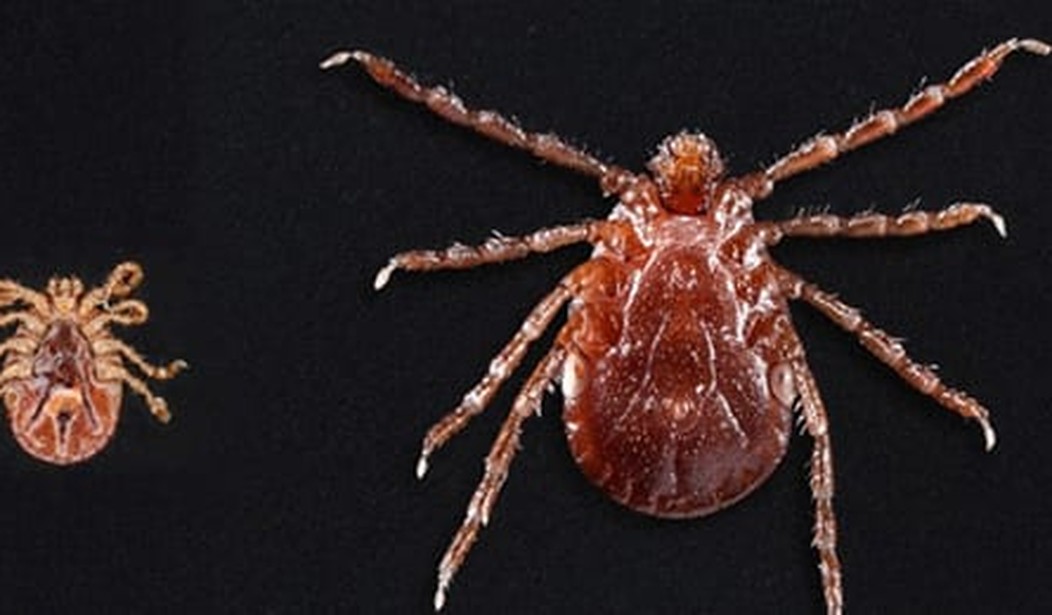WASHINGTON — Centers for Disease Control and Prevention officials warned of an exotic new tick popping up in several states that can cause “massive infestations” and big disease threat in people and animals.
In some parts of New Zealand and Australia, the Asian longhorned tick, which is native to eastern China, Japan, the Russian Far East, and Korea, has wiped out 25 percent of dairy cattle production, the CDC said.
The tick first surfaced in the United States on New Jersey sheep in August last year. Since then, it’s spread to 45 counties in the state and popped up on people, wildlife and pets in Arkansas, Connecticut, Maryland, North Carolina, New York, Pennsylvania, Virginia, and West Virginia.
Before the tick planted U.S. roots in 2017, customs officials had intercepted the tick at least 15 times on imported animals and materials at U.S. ports of entry. Since its discovery in the U.S., the tick has been reported 53 times on a variety of hosts; the ticks weren’t checked for pathogens, though.
In today’s CDC Mortality and Morbidity Report, scientists warned that “where this tick exists, it is an important vector of human and animal disease agents” including hemorrhagic fever, spotted fever, and the Heartland and Powassan viruses.
Researchers noted that data on the discovered ticks was too scant to “describe the actual extent or intensity of infestation.” A female Asian longhorned tick can churn out up to 2,000 eggs at a time without mating, so “hundreds to thousands of ticks can be found on a single animal, person, or in the environment.”
“The full public health and agricultural impact of this tick discovery and spread is unknown,” said Ben Beard, Ph.D., deputy director of CDC’s Division of Vector-Borne Diseases. “In other parts of the world, the Asian longhorned tick can transmit many types of pathogens common in the United States. We are concerned that this tick, which can cause massive infestations on animals, on people, and in the environment, is spreading in the United States.”
The warnings come as the CDC said two weeks ago that tickborne diseases, fueled in part by weather patterns, are at record levels and “the United States is not fully prepared to control these threats.”
Data released mid-month by the CDC showed 59,349 reported cases of diseases spread by tick bites last year, including 42,743 confirmed and probable cases of Lyme disease, 7,718 cases of anaplasmosis/ehrlichiosis, 6,248 cases of spotted fever rickettsiosis, 2,368 cases of babesiosis, 239 cases of tularemia, and 33 cases of Powassan virus, which can cause severe encephalitis and has no vaccine or antiviral treatment.
All totals for the individual diseases rose from 2016 numbers, when there were 48,610 reports of tickborne disease in the U.S. Back in 2004, that number was 22,527; since then, seven new tickborne pathogens that infect people have been discovered.
The CDC compiles its figures based on reports from state and local health departments. But the 2017 data “capture only a fraction of the number of people with tickborne illnesses,” the CDC said, as “under-reporting of all tickborne diseases is common, so the number of people actually infected is much higher.”









Join the conversation as a VIP Member